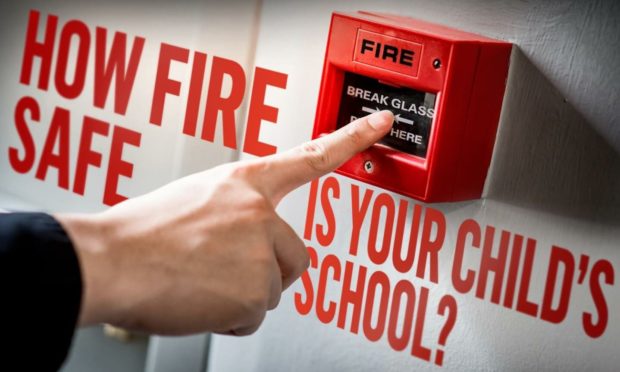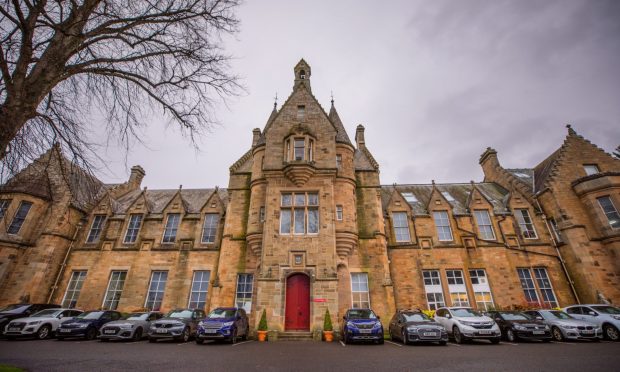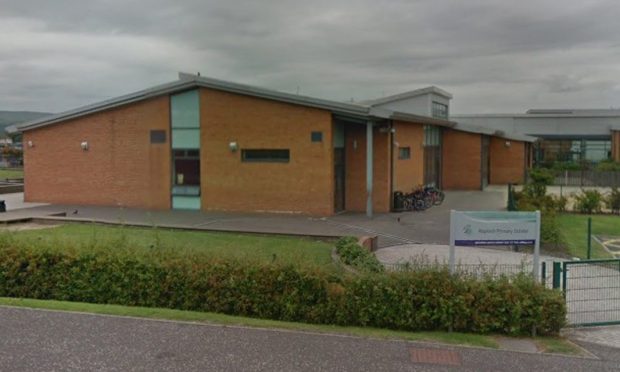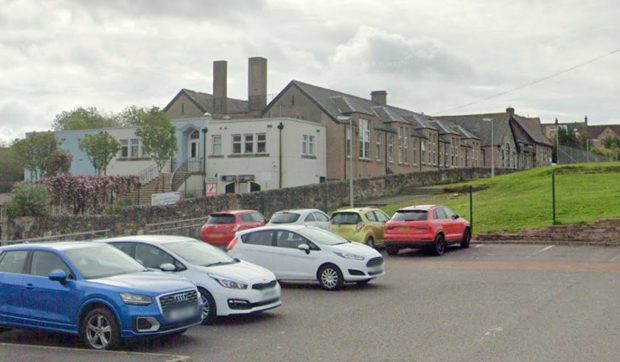How fire safe is your child’s school? Our interactive map reveals which schools have been identified as having ‘extreme’ risk to life.
Schools are assessed by fire experts to determine how safe they are for occupants in the event of a fire.
A fire risk assessment (FRA) is carried out by looking at hazards, people at risk and fire safety measures such as fire detection systems, emergency exits, and firefighting equipment.
Ratings are issued on a number of factors, including likelihood of fire, consequences to life safety and risk to life.
Find your school in our map
To use the map effectively, click on the ratings in the box on the left hand side to see which schools are rated slight, moderate or extreme harm.
Depending on the rating, schools can be assessed as often as once per year.
It is common for secondary schools to have higher risk warnings because of the nature of cooking, science and technical classrooms.
The data included in this map was obtained through numerous freedom of information requests and will be updated regularly.
Fife Council did not respond to our freedom of information request and it has therefore not been possible to include schools in the kingdom.
Extreme and moderate fire risk in schools
Just two schools – Balhousie Primary School and Perth High School – were marked as having extreme harm to consequence of life safety and substantial risk to life.
However, Perth and Kinross Council said both schools have taken steps to improve their fire safety since the FRAs were conducted.
A spokesman said: “Since the fire risk assessment at Perth High School was completed the council has upgraded the fire detection system, installed fire breaks and installed new fire doors at the school.
“Balhousie Primary School has had both the fire alarm and emergency lighting systems upgraded.”
Fire safety systems have also been upgraded at Robert Douglas Memorial Primary School, in Scone, Perth Academy, Perth Grammar School and Pitlochry High School.
Meanwhile, 44 schools across Dundee, Angus and Perth and Kinross were rated as having a medium likelihood of fire, moderate harm in the consequence to life safety category and medium in the risk to life in the event of fire category.
That includes 35 Angus schools, five in Dundee and four in Perth and Kinross.
Can ratings change?
Harris Academy, in Dundee, was also initially rated as ‘extreme harm’ in terms of consequences for life safety and substantial risk to life in its 2017 report.
This was based on a number of factors including excessive combustible materials and insufficient fire stopping.
However, fire chiefs at Dundee City Council say the issues have been rectified, and a fire risk assessment conducted in November 2020 acknowledges the changes by reducing the score to ‘slight harm’.
Braeview Academy, in Dundee, received a fire risk rating of high likelihood of fire, moderate harm for consequence for life safety and a moderate risk to life.
The school’s rating has improved on that of the previous year when there was a substantial risk to life.
The school was ravaged by a devastating blaze in 2018 and education chiefs had been warned about its fire warning prior to the fire.
The school will be merged into a new ‘super school’ with Craigie High School by 2025.
School fire risk assessment
Angus Council would not provide the full fire risk assessments, so full information on why the schools were rated as they were is not available.
However, the local authority said fire safety precautions were in place in every school.
A spokeswoman said: “All Angus Council schools are covered by dedicated automatic fire alarm systems which are serviced and maintained on an annual basis including quarterly visits in line with the current applicable British Standards.
“The majority of the alarms are connected to an Alarm Receiving Centre which automatically calls the fire brigade. When the schools are occupied, in the event of the fire alarm activating, they will evacuate the building in line with their standard procedure.”
Fire safety work is ‘continuous’
A Dundee City Council spokesman said work is continuous to improve fire safety in school buildings, especially after a FRA is received.
He said: “The FRA is only part of the overall fire safety process. This is supported by the continued maintenance and testing of electrical systems, fire alarm systems, emergency lighting, portable appliance testing and fire extinguisher testing etc.
“These are all carried out as part of the maintenance contracts for all Health and Safety aspects within the buildings.
“It is also supported by weekly and monthly checks, carried out by appropriately trained on-site staff, to ensure, for example, the correct use of electrical appliances, fire doors and exits operate adequately, fire call points operate appropriately, escape routes are free of obstructions, extinguishers are in the proper location and ready for use.”










